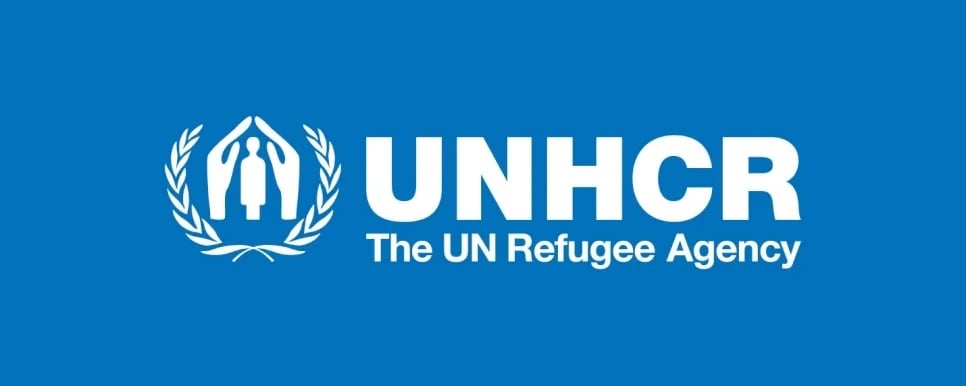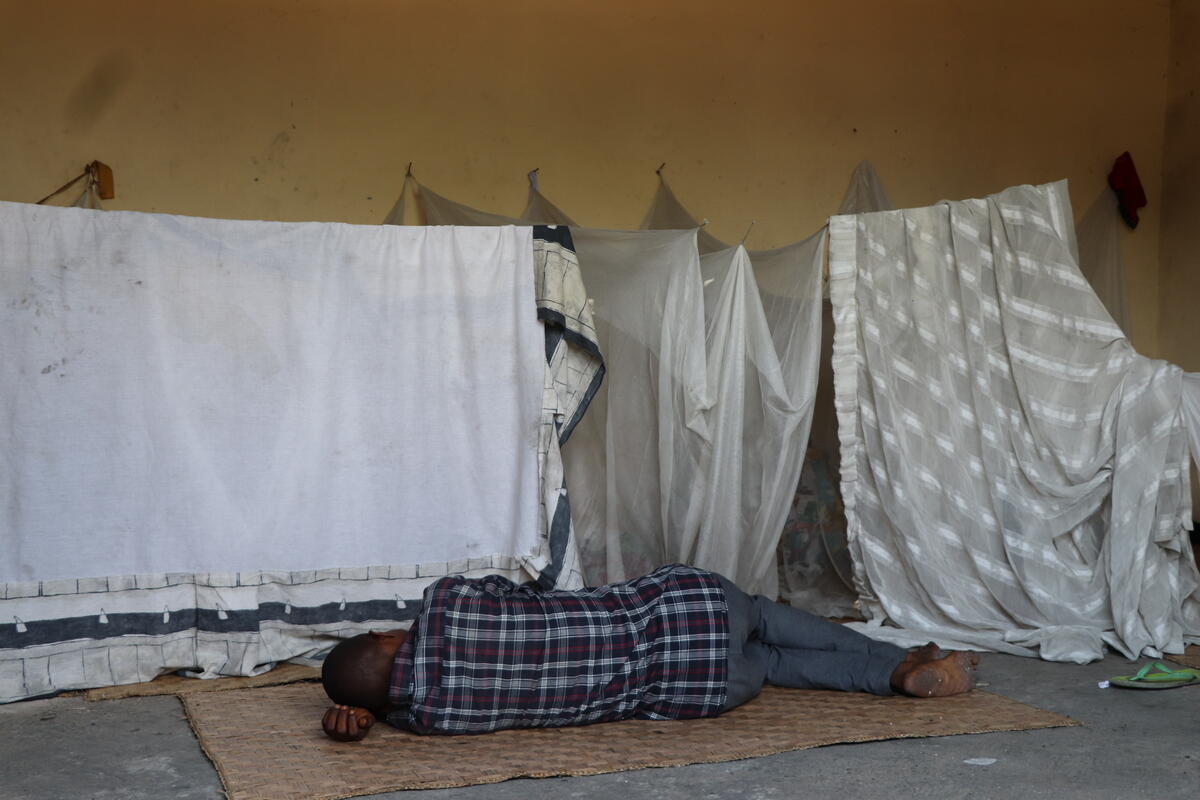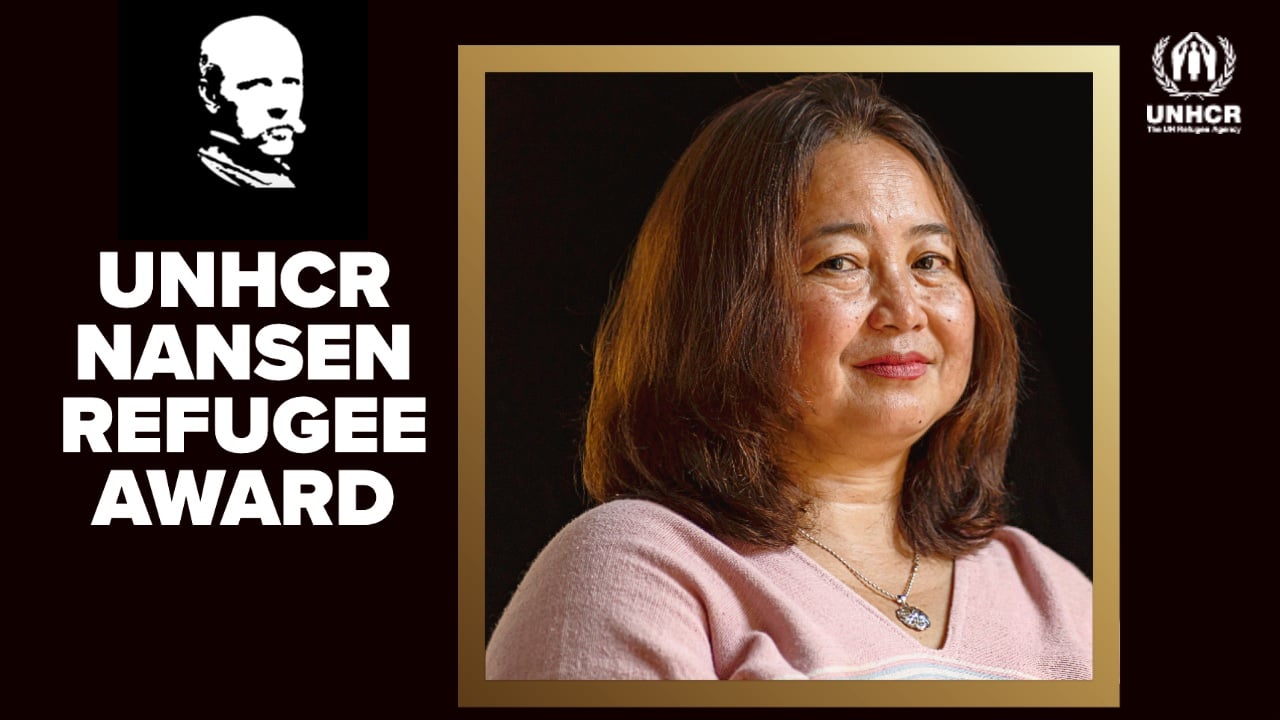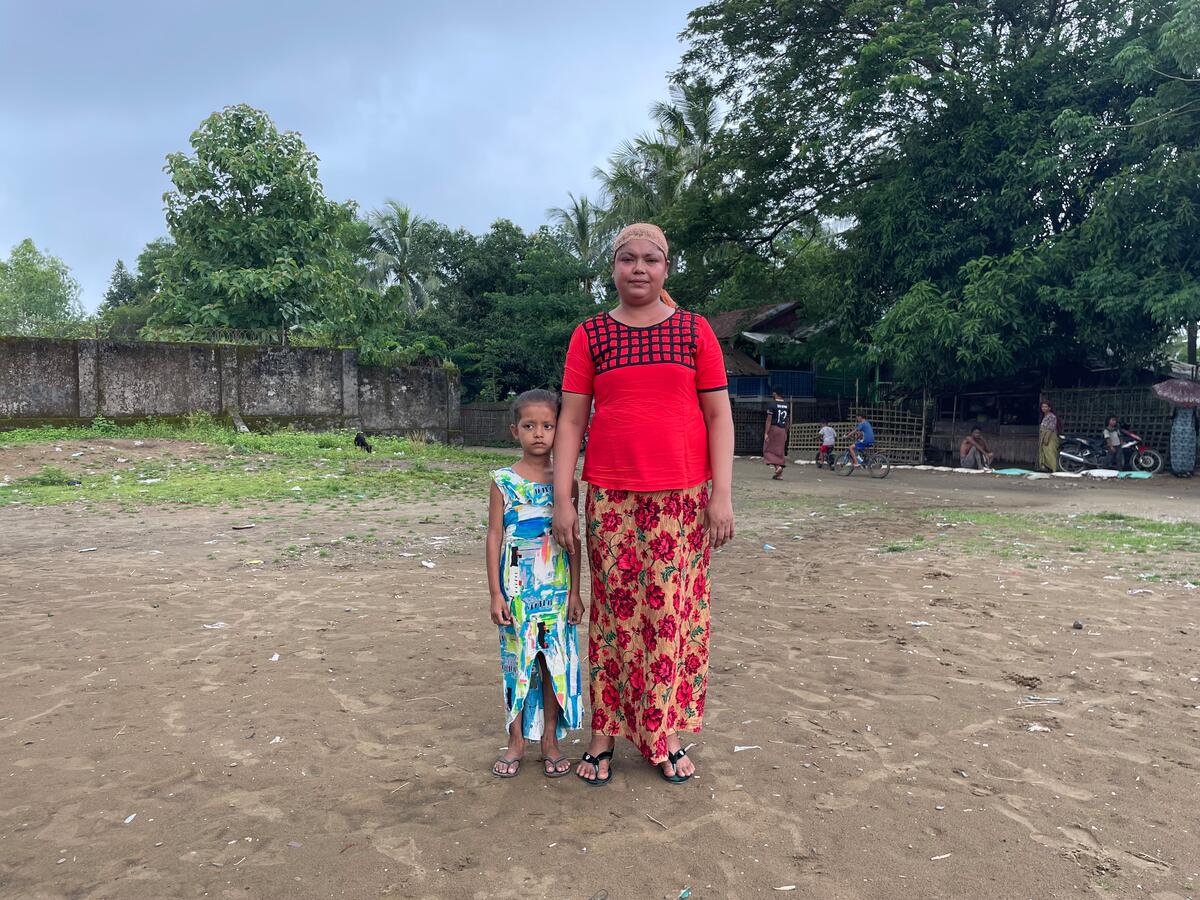Conflict pushes displaced Yemenis to the brink
Conflict pushes displaced Yemenis to the brink

SANA’A, Yemen – When intense fighting erupted in his hometown of Sa’ada close to the border with Saudi Arabia, 75-year-old Yemeni father Razaz Ali gathered up his wife and seven sons and ran for his life. Asked what he needs, he rattles off a long list.
“We’re hungry, cold and ill, we need help, food and medicines. We’re forced to depend on what people give us,” says Razaz, who now lives in a makeshift shelter with his family at the Dharwan informal settlement outside Yemen’s capital, Sana’a.
The family are among 2.18 million Yemenis uprooted within the borders of their own country by 21 months of bitter conflict. Many, like Razaz, now live precariously, taking shelter in informal settlements and public and religious buildings.
As winter approaches, many have little protection against the elements and live in overcrowded conditions without privacy, subject also to risks of eviction. Hunger and poverty are rife and the tough conditions have become unbearable for some.
"We’re hungry, cold and ill, we need help... We’re forced to depend on what people give us."
“I thought about ending my life many times,” says Nada, uprooted from her home in Taizz by fighting and now living in makeshift accommodation with her disabled husband and 15-month-old baby.
Overshadowed by other regional crises and as one of the poorest countries in the Middle East, the current conflict in Yemen has amplified needs stemming from years of poverty and insecurity.
UNHCR, the UN Refugee Agency, and humanitarian agencies have been mobilizing to respond to the ongoing crisis. But a staggering 18.8 million people remain in need of humanitarian assistance across the country, amid a situation that continues to deteriorate.
“Civilians continue to bear the brunt of the crisis and the situation is worsening day by day. This is a neglected humanitarian catastrophe,” says UNHCR’s Representative for Yemen, Ayman Gharaibeh.
UNHCR’s prioritized emergency assistance has reached 660,000 of Yemen’s 2.18 million internally displaced people across 20 governorates since the start of the war, although the response has been limited by underfunding.

So far, the UN Refugee Agency has received less than half of the funds it has sought - just 43 per cent of its prioritized response in Yemen - and Gharaibeh warned that the “lack of support limits our capacity to provide urgent relief.”
As a result of the conflict, more than half of Yemen’s entire population lack sufficient food and those displaced remain particularly affected. Food is the major need for Yemen’s internally displaced followed only by water, sanitation and shelter, evidencing mounting challenges to basic survival.
With the conflict showing no signs of abating the overwhelming majority are languishing for an average of at least one year away from home, deprived of their basic needs. Faced with scarce resources, depleted savings and uncertain futures, one million have even attempted to return home in the absence of hope or alternatives.
In the face of unrelenting warfare with millions losing their livelihoods, many displaced households are reliant on the overstretched generosity and compassion of local communities who are buckling under the strain of hosting them for extended periods. Others, meanwhile, are reliant on humanitarian aid or are forced to resort to survival strategies that otherwise compromise their safety and well-being.
“Civilians continue to bear the brunt of the crisis and the situation is worsening day by day."
Faced with desperate need, incidents of early marriage, recruitment, begging and child labour are all increasingly reported. Among those resorting to sending her children out to beg is 50-year-old mother of eight, Zahrah, a widow who also lives in Dharwan in a tent and has no other means of support.
“I send all my children to beg for food every day,” she laments.
For displaced father Abdu Shoei from Sa’ada, who also lives in Dharwan, the only way to ensure enough food and medicine for his children is to resort to selling a locally grown narcotic leaf, called Qat.
“We don’t have any income or assistance so my wife has to beg for Qat from farms to sell,” he says.
With needs rising sharply across the country and millions continuing to face grave risks to their safety and basic rights, the only hope for internally displaced people like Amal from Taizz can cling onto is to see an end to disastrous conflict and to return home in peace.
“I am not a politician. I have nothing to do with politics. I just want to live my life peacefully and see my children happy,” she says.
In addition to the millions of Yemenis displaced at home, more than 180,000 people have also fled Yemen to neighboring countries including the Gulf States and the Horn of Africa to escape the fighting.
(Writing by Shabia Mantoo in Jordan)








